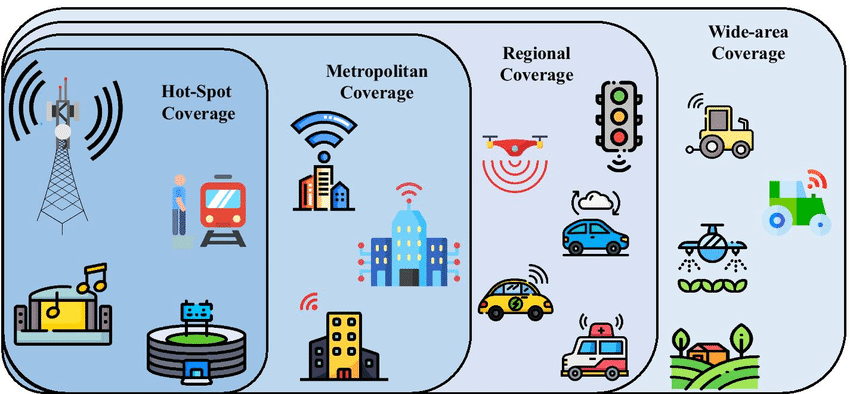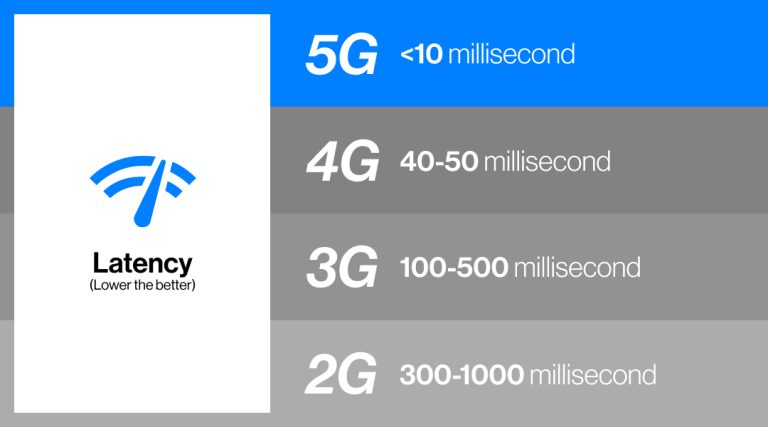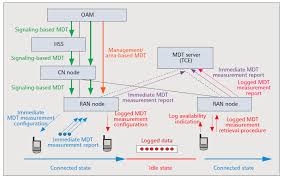Revolutionizing High-Speed Communication with 5G mmWave Technology
telcomatraining.com – In the rapidly advancing world of telecommunications, high-speed communication is no longer a luxury but a necessity. The demand for faster, more reliable connections continues to soar with the proliferation of smart devices, IoT applications, and data-intensive services. In this race to meet these demands, 5G mmWave technology is stepping in as a game-changer. But what exactly is 5G mmWave, and how is it revolutionizing high-speed communication? Let’s explore this transformative technology and its potential impact on the future of connectivity.
What is 5G mmWave Technology?
5G, the fifth generation of wireless communication technology, promises to offer faster speeds, lower latency, and more reliable connectivity compared to its predecessors. One of the key components driving this improvement is the millimeter-wave (mmWave) spectrum. The term “mmWave” refers to electromagnetic waves with wavelengths between 1 millimeter and 10 millimeters, typically ranging from 24 GHz to 100 GHz in frequency.
This high-frequency spectrum allows for much faster data transmission, which is a fundamental aspect of the 5G vision. While lower frequency bands, such as sub-6 GHz, provide broader coverage, mmWave bands offer ultra-fast data speeds that can exceed 10 Gbps, enabling high-definition video streaming, augmented reality (AR), virtual reality (VR), and more.
Advantages of 5G mmWave Technology
- Incredible Speed and Capacity
One of the most significant advantages of 5G mmWave technology is its ability to deliver lightning-fast data speeds. Unlike previous generations of wireless networks, which were limited by the available spectrum and infrastructure, 5G mmWave utilizes a broader bandwidth, which results in faster download and upload speeds. This capability is essential as modern users demand uninterrupted video streaming, seamless gaming experiences, and faster file transfers.
The immense data capacity of 5G mmWave also supports an increasing number of connected devices. This is especially important for the Internet of Things (IoT), which is expected to have billions of devices interconnected in the coming years. The high-speed, low-latency benefits of 5G mmWave technology will be critical in supporting these devices and ensuring they function without interference.
- Low Latency for Real-Time Communication
Latency, or the delay between sending and receiving data, is a critical factor in the performance of communication networks. 5G mmWave technology reduces latency to unprecedented levels, offering sub-millisecond response times. This low latency is crucial for applications such as autonomous vehicles, remote surgeries, and smart manufacturing, where real-time communication is necessary for optimal performance.
- Enabling the Future of Smart Cities and IoT
The integration of 5G mmWave technology will be pivotal in the realization of smart cities. From intelligent traffic management to real-time environmental monitoring, 5G mmWave’s ultra-low latency and high data capacity will be essential in supporting the vast number of sensors and devices needed to make smart cities function seamlessly.
Moreover, mmWave’s high bandwidth is a game-changer for IoT ecosystems, allowing for better connectivity between devices in industries such as healthcare, logistics, and agriculture. With 5G mmWave, sensors can transmit large amounts of data quickly, enabling real-time decision-making and automation that enhances efficiency and productivity across sectors.
- Support for Advanced Technologies
5G mmWave is a key enabler for the widespread adoption of next-generation technologies such as augmented reality (AR) and virtual reality (VR). These technologies require high data rates and low latency to provide immersive experiences, and mmWave technology is perfectly suited to meet these needs. Whether it’s for gaming, education, or business applications, 5G mmWave will allow for smoother and more interactive experiences, revolutionizing industries that rely on real-time, high-definition data.
Challenges and Considerations
While 5G mmWave technology promises numerous benefits, it also comes with its own set of challenges. The high frequencies used by mmWave signals have limited range and can be easily obstructed by physical objects like buildings, trees, and even rain. This means that mmWave requires a dense network of small cells (miniature base stations) to provide consistent coverage in urban areas.
Additionally, the deployment of 5G mmWave networks involves significant infrastructure investments and regulatory coordination, as governments and telecom companies work to allocate and manage the necessary spectrum.
The Future of 5G mmWave Technology
Despite the challenges, the potential of 5G mmWave technology is undeniable. With ongoing advancements in network infrastructure, antenna design, and signal processing, the coverage and reliability of 5G mmWave will continue to improve. As the technology matures, it will play a crucial role in driving the next wave of innovations across various industries, from healthcare to entertainment.
The future of high-speed communication is undeniably linked to 5G mmWave technology. With its ability to deliver blazing-fast speeds, ultra-low latency, and support for a growing number of connected devices, 5G mmWave is set to revolutionize the way we communicate, work, and live. As 5G networks continue to roll out globally, the transformative impact of mmWave technology will become more evident, paving the way for smarter, more connected cities and a digital future that was once the realm of science fiction.
In conclusion, the revolution of high-speed communication with 5G mmWave technology is not just about faster internet speeds; it’s about transforming how we experience the digital world. As the foundation for future innovations, mmWave technology will help us connect in ways that were previously unimaginable, marking a new era in telecommunications.







